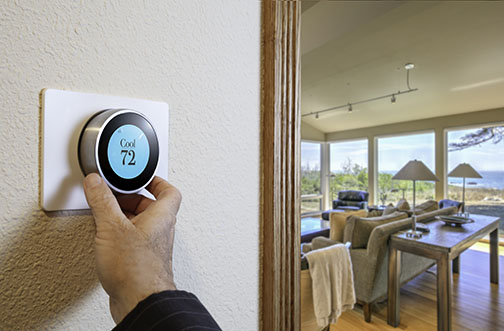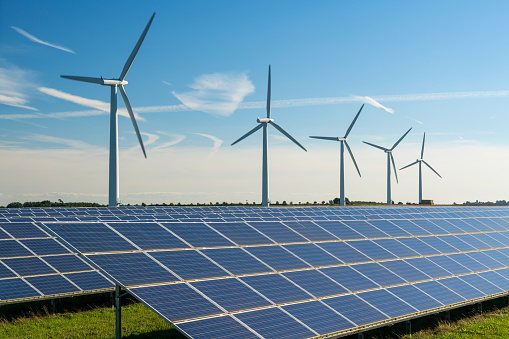
What is a Renewable Energy Certificate?
Purchasing a product with renewable energy certificates (RECs) does not mean you are purchasing renewable energy. All customers receive ISO-NE system mix regardless of the supplier product they choose.
A REC is issued for each megawatt-hour (MWh) of electricity generated from certain clean or renewable sources or for each MWh of energy saved through the installation of energy efficiency measures. Connecticut defines certain types of generation sources and energy efficiency as Class I, Class II, or Class III. When purchasing RECs, you are not purchasing renewable energy, but the financial instrument created by a market for the renewable energy.
All offers, whether the utility's or a supplier's, must be supported by at least 35% RECs (that is, the utility or supplier must purchase sufficient RECs to equal 35% of the load they serve).
RECs can be sold or traded to fulfill the state's Renewable Portfolio Standards (RPS) obligation, as part of a REC-only supply in addition to your generation supply, or in offers that exceed minimum RPS. The Independent System Operator of New England (ISO-NE) manages the Generation Information System (GIS), which tracks the RECs that are created in New England. RECs are also created throughout the United States.
Connecticut requires licensed suppliers to use a Disclosure Label to display the source of generation, emissions, renewable energy and RECs for each generation supply offer. The Disclosure Label is provided with each contract for service and contains the information consumers need to understand how their electricity is generated and to learn about the renewable energy used to market generation supply offers that exceed Connecticut's minimum requirements.
All electricity sold in Connecticut by UI, Eversource and licensed suppliers includes a mandatory amount of Renewable Energy Certificates (REC), referred to as Connecticut's Renewable Portfolio Standard or RPS.
UI, Eversource and licensed suppliers purchase RECs to meet the RPS. In 2023, the minimum RPS is 35% which increases annually to 48% in 2030. Learn how other states support renewable energy.
Some suppliers offer plans that exceed Connecticut's minimum renewable standard and purchase additional RECs for these offers. The Rate Board displays the percentage of RECs for each offer.
Speak with the supplier to learn more about offers that exceed the minimum and ask about the type of renewable energy certificate the supplier purchases to support these offers. Also ask where the renewable resource is located (e.g., Texas, Midwest) and type of resource (e.g., wind, solar, trash-to-energy).
Eversource and UI Standard Service generation supply meets the minimum RPS. The utilities do not offer a generation supply option that exceeds the minimum.
However, customers taking Standard Service generation supply can support additional Renewable Energy Certificates through the Clean Energy Options Program.
Customers may contract with a REC-only supplier. This supplier would be in addition to the customer's generation supplier (either the EDC or a third-party supplier) and would provide the customer with only RECs to match a percentage of their usage. As explained, RECs are not renewable energy.
A Disclosure Label provides information about the source of generation and related air emissions for electricity sold to end use customers in Connecticut.
The Public Utilities Regulatory Authority approves the Disclosure Label that suppliers are required to provide with every contract for generation supply.
The Independent System Operator of New England (ISO-NE) maintains real-time information about the sources of generation used to meet the day-to-day electricity produced in New England, sometimes called the system mix. This information is displayed on the ISO-NE home page.
If you have a question about choosing an electric supplier or wish to file a complaint about a licensed supplier you can:
Call PURA's Consumer Affairs Unit toll-free at (800) 382-4586
Contact PURA electronically with a question, comment or complaint




